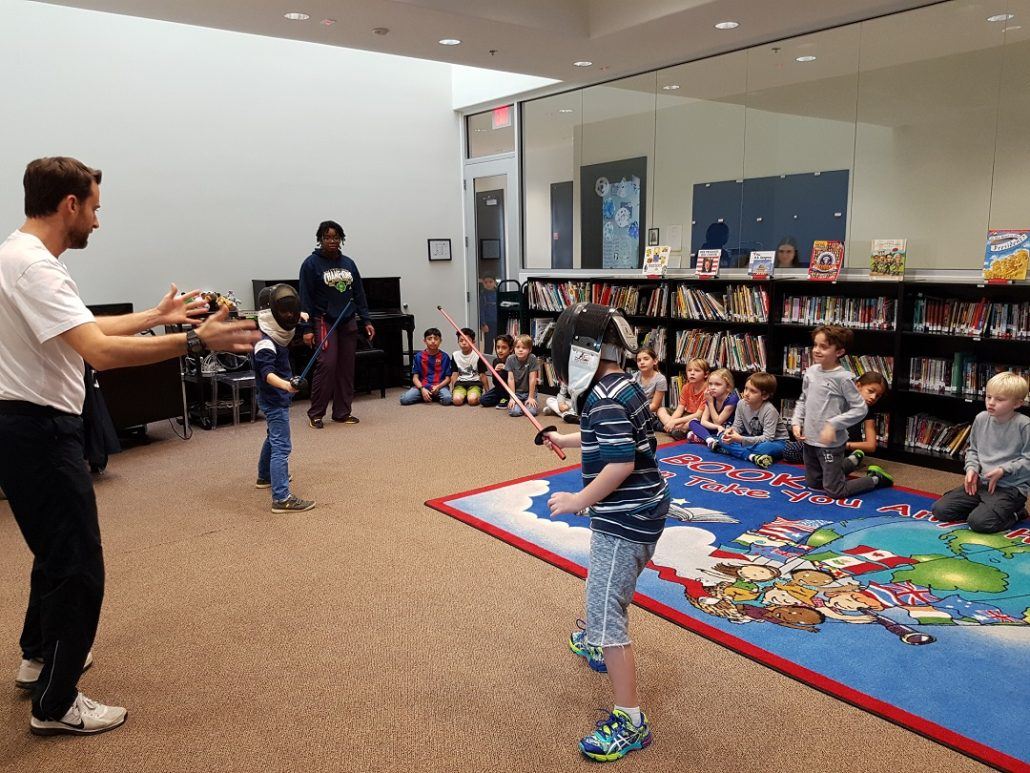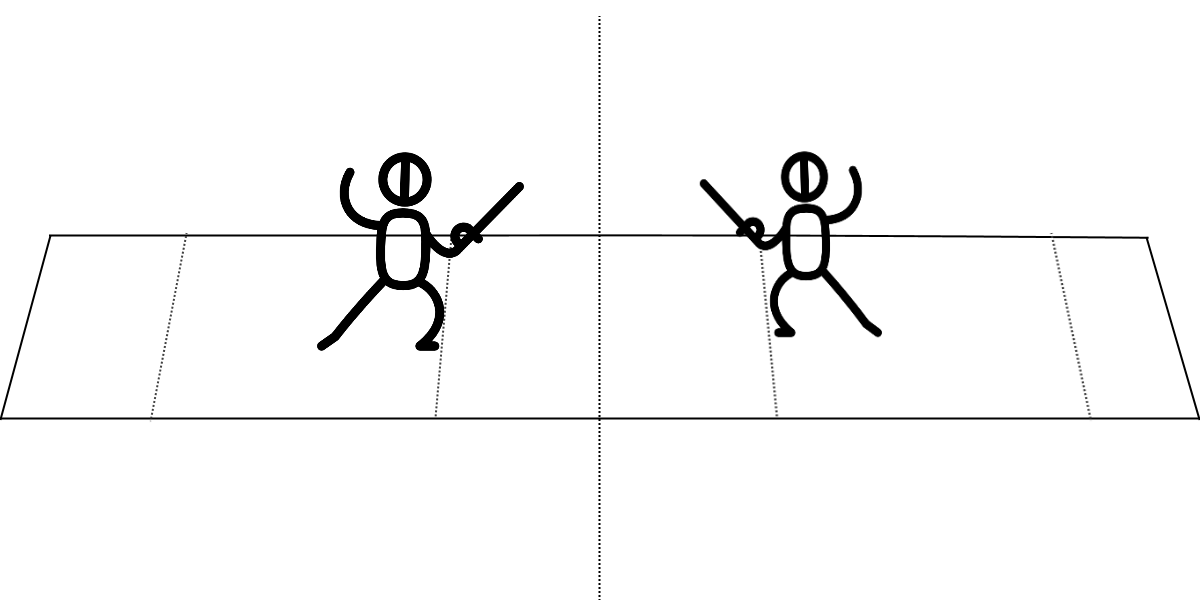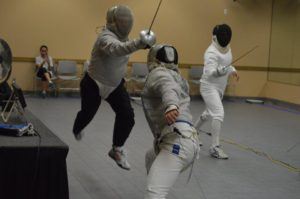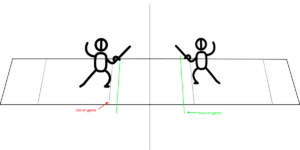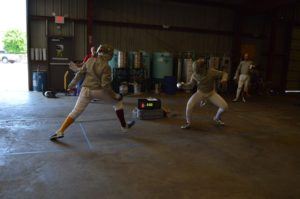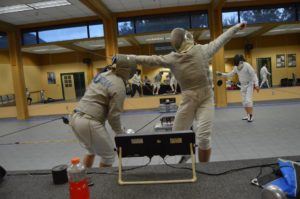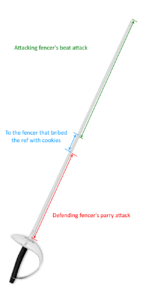Two Years at Houston Sword Sports
Hi guys, Coach Liz here.
January 2017 marked the two year anniversary of our club’s first classes. We had so much going on in January – from bringing Benoit on board to scheduling our summer camps, plus a few things still in the works – that we sort of forgot to celebrate. But let me say that the last two years have been a total blast, and I am so thrilled to see where things end up.

One of our very first practices at the Bellaire Rec Center, January 15, 2015.
When we first started, we were holding three classes a week at the Bellaire Rec – one kids’ class (for ages 8-18), one adult class in the evenings, and another in the afternoons. We also had two afterschool classes going – one of which, at Herod Elementary, is still going strong in its fifth semester.
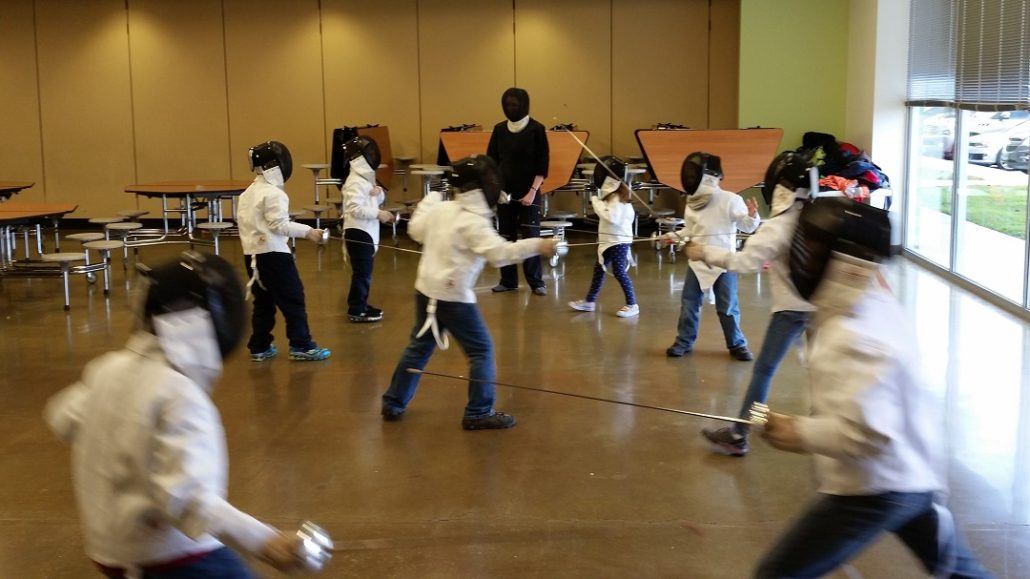
Our first semester at Herod. There were about twelve kids.
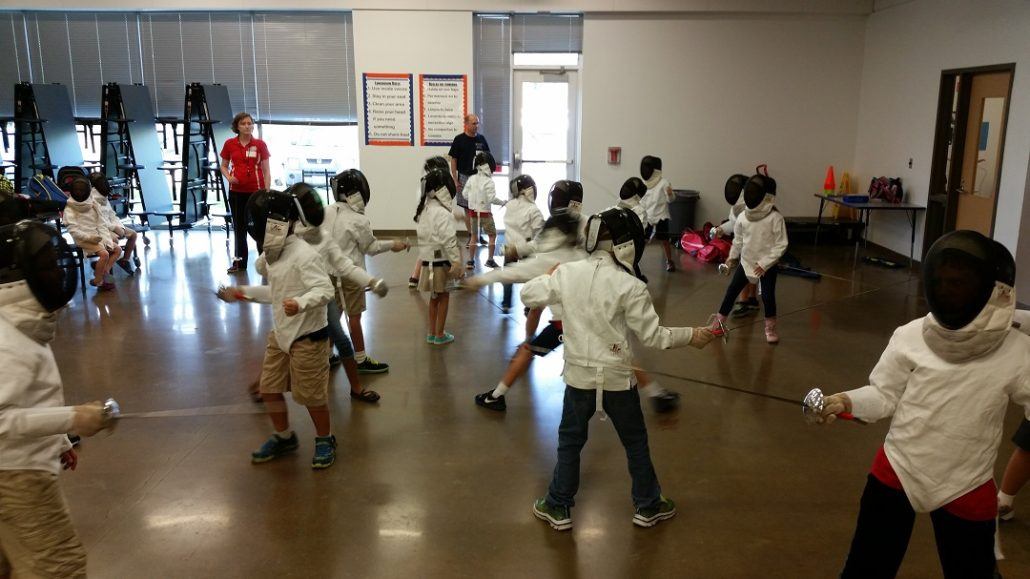
Our second semester at Herod, there were almost twenty kids.
We closed our first year having seen huge growth. We went from two coaches with one scoring set and a nice website, to a robust club with enthusiastic fencers, four qualified coaches, three strips, and equipment for about 20 fencers. Some of our classes were small – many times, the teen class only had one fencer in it. But other classes, especially our evening adult classes, were about as big as they could get.
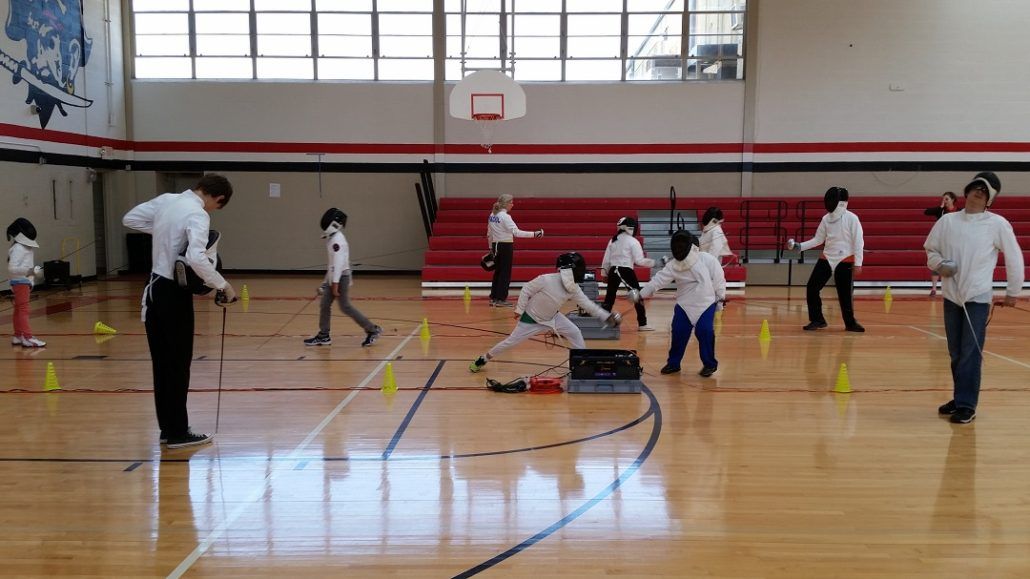
Camp Cutlass was a week-long camp we did in Galveston, in partnership with Galveston Fencing Club.
Early 2016 saw even more growth. We added two middle school classes through a grant with Citizen Schools. In February, we started holding Saturday classes at The Zone. Our first classes there were free intro classes and we had about a dozen kids and over seventy adults try fencing. Our teen classes grew bigger and so did our youth classes.
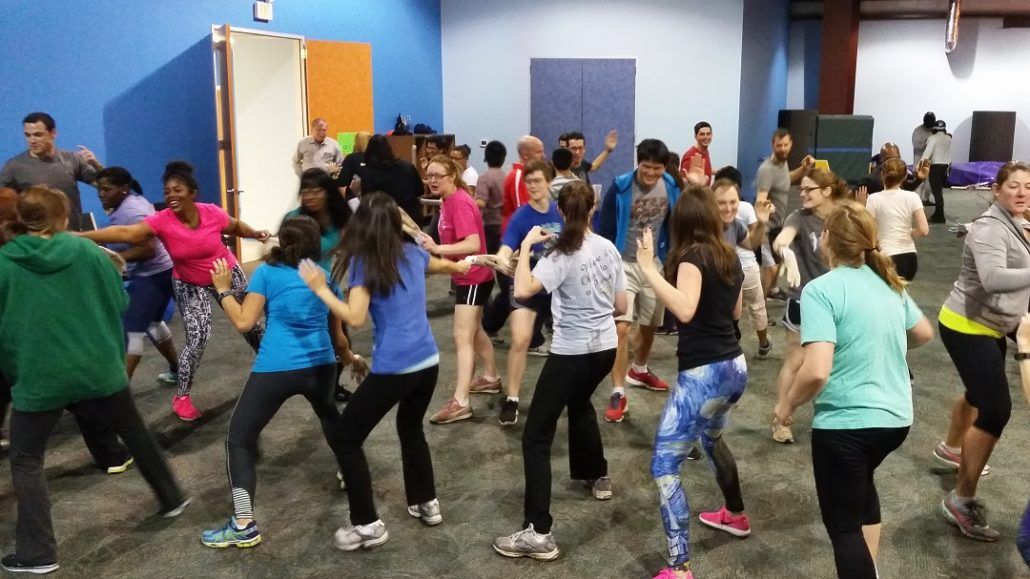
The crowd at our first Saturday class plays the Advance-Lunge Game.
In Fall 2016 we added a second teen class, so we now offer classes four nights a week at the Bellaire Rec, plus Saturday classes at The Zone. Every age group has at least three classes they can attend per week. We keep adding new schools, with a total of six after-school programs and several more planned for Fall 2017.
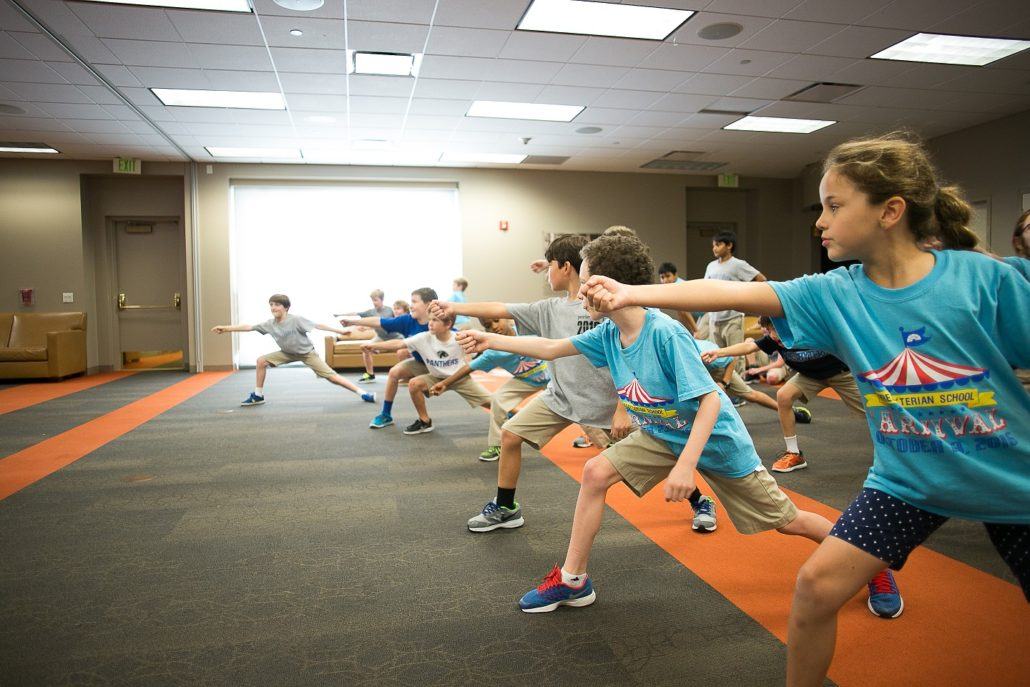
Kids at Presbyterian school practice the lunge. We started teaching classes at Presbyterian in Fall 2016 with twenty-three students – our biggest class yet.
Like I said in the beginning of this post, we have some really exciting stuff still in the works. As soon as we know more, we’ll be sure to tell you! We hope to do more of everything – more classes, more schools, more camps, more tournaments, and overall more fencing. Houston Sword Sports is growing. I can’t wait to see where we go from here.


